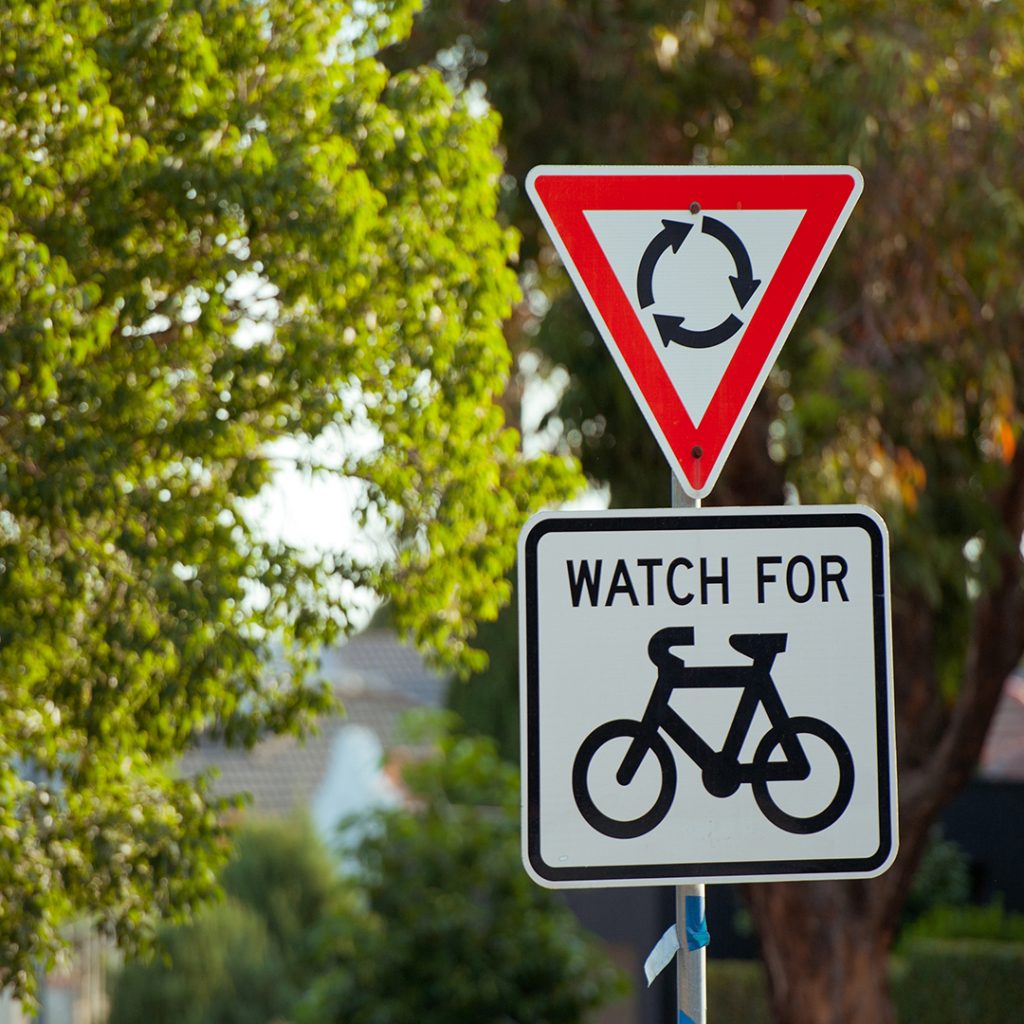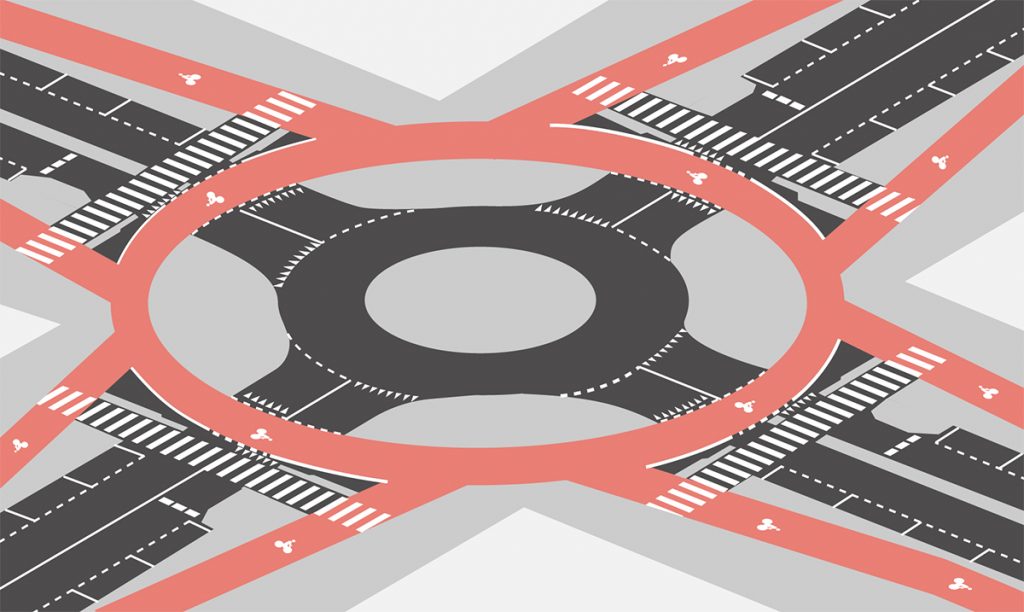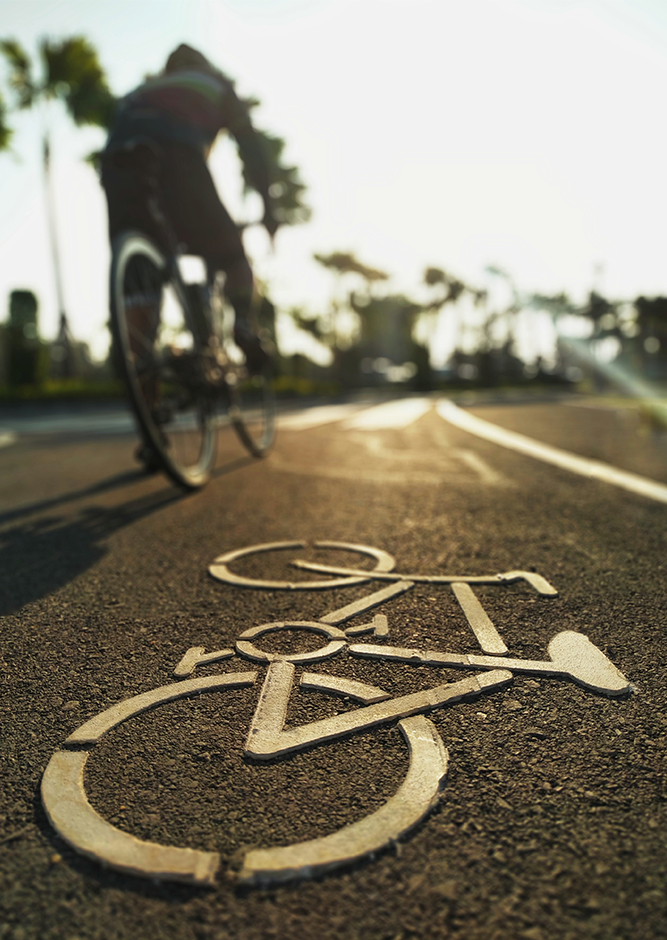Dutch roundabouts and how to drive around them
Environmental awareness and the aim to make cities more sustainable require the implementation of new kinds of mobility. In addition to promoting public transport and discouraging the use of private cars, many cities opt for bikes as a means of transport. In fact, their use has increased by almost 40% between 2019 and 2022, according to the Bicycle Barometer.It is to be expected that, as the number of bikes on the streets increases, roads and traffic must adapt to this type of vehicle, which is becoming more and more commonplace. One way to control and facilitate traffic between cars and bikes are Dutch roundabouts.


The name seems obvious: they were created in the Netherlands, where bicycles are ubiquitous, and are used almost more than cars. In this type of roundabout, the cyclist has priority and it is cars and other motor vehicles that must give way. Its creation is the result of a long process of trial and error to find the best solution.
HOW TO DRIVE AROUND A DUTCH ROUNDABOUT
With the aim of making these intersections safer for cyclists, their design includes an additional ring on the outside reserved exclusively for bicycles. That outside lane is painted in a different color than the lanes for cars. They work in exactly the same way as traditional roundabouts: right-of-way is given to vehicles that are in the outer circle, in this case bicycles, so the cars will have to stop and give way to them. Vehicles should stop to give way before the bike lane and not on it, otherwise they will block cyclists’ path and may cause them to crash into the nose of the car.
There are also specially marked pedestrian crossings around it. In this case, it is the pedestrians who have priority even over the bikes. Thus, the order of priority at Dutch roundabouts would be pedestrians-bicycles-motor vehicles.

In countries like France, the United Kingdom, Denmark, and Belgium, as well as the Netherlands, they are very common and have been operating for some time. In Spain, the first two cities to incorporate this type of roundabout were Bilbao and Logroño, although little by little they are spreading to other towns such as Seville, Alcalá de Henares and Vilanova i la Geltrú (Barcelona). However, their implementation is not without some controversy, since drivers are still not sure about how to drive through them.
However, according to experts, these types of roundabouts are safer for cyclists and pedestrians since they reduce users’ speed. All we need is for drivers to be taught how to use them, and time for us all to adapt to this new urban feature.